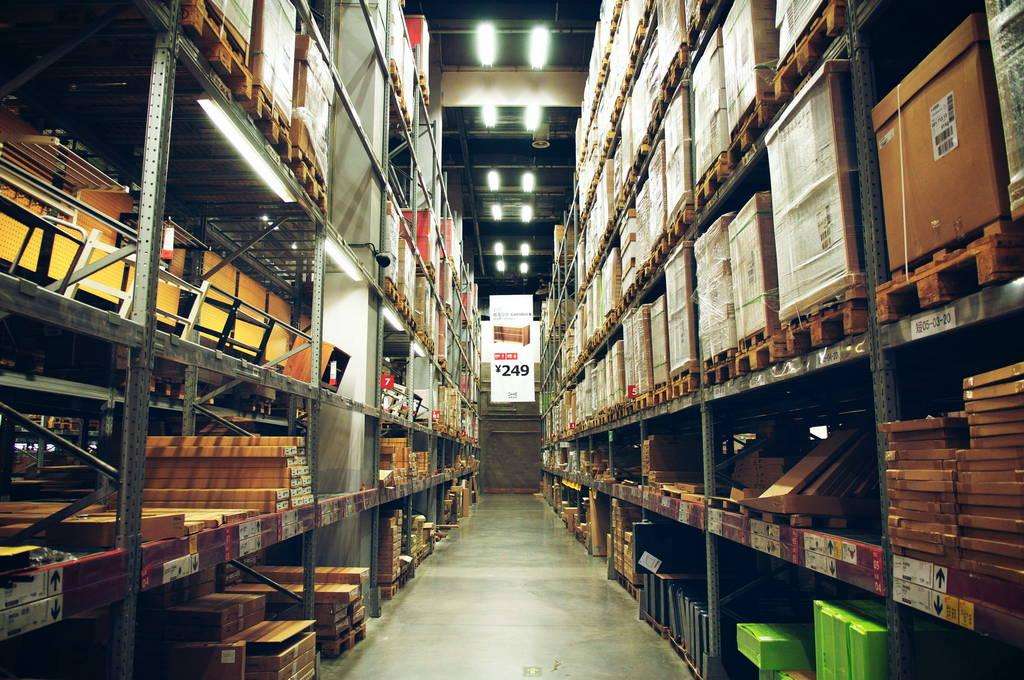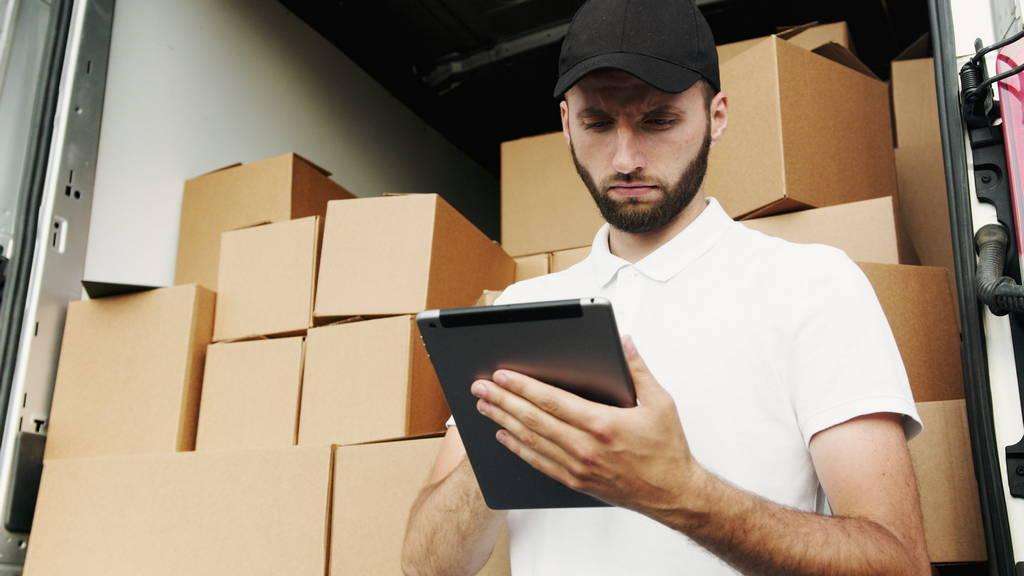If you’re an Amazon FBA seller (or looking to start selling on Amazon), you’ll notice their selling fees will take a sizable chunk of your revenue. With referral fees, variable closing fees, shipping fees, long-term storage fees and so many more, the fees can add up – so it’s important to factor them into your profit & loss projections when you’re growing your Amazon business…
But why are fees so high? And what can you do to save on costs and keep them from eating into your profits?
In this post, we’ll break down why these costs can seem aggressive – and how you can offset them & keep your profits intact. By understanding why Amazon charges the fees they do… you can take steps to mitigate the losses and reduce your expenses elsewhere. Read on to learn more!
Use this outline to skip to any section of this guide:
- Their marketing costs to bring customers to you
- Robust, complex and heavily-streamlined fulfillment network
- Demand for labor (warehouse workers, drivers, etc)
- Inflation, gas/delivery prices, etc
- Tips to reduce Amazon FBA fees
Amazon FBA fees are high because of their marketing costs to bring customers to you
Amazon has always been a giant leader in marketing and customer acquisition, and it’s reflected in the high fees they charge sellers. While other ecommerce platforms may have lower fees, they only have a fraction of the customer base that Amazon does. In order to maintain its position as the top ecommerce site, Amazon needs to continuously remain top-of-mind for online shoppers – and the best way to do that is through marketing.
From prime membership benefits to targeted ads, Amazon is constantly finding new ways to reach potential customers… and while it costs the company a lot of capital, it’s also essential for maintaining its dominant position in the ecommerce world.
There’s no doubt that Amazon is a juggernaut when it comes to online retail – they’ve practically cornered the market on convenience and customer satisfaction. But all that success comes at a price – which gets passed onto merchants. Amazon fees are higher than most other online retailers, but keep in mind: sellers continue to use the Amazon marketplace over any other online retail website in the world.
When they spend billions of dollars every year on advertising and growing the platform, there’s no doubt their costs get driven up. And they’re always expanding their operations, which requires a lot of investment. So when you’re shopping on Amazon, you’re not just paying for the goods or services you’re buying – you’re also helping to cover their costs of doing business.

Robust, complex and heavily-streamlined fulfillment network
There’s no doubt that Amazon is one of the biggest online retailers in the world. They’ve achieved this level of success by offering a huge range of products, competitive prices and fast shipping. One of the key reasons that Amazon is able to offer such fast shipping times is because they have a highly optimized and streamlined fulfillment network.
This fulfillment network is made up of warehouses, distribution centers and delivery drivers – all working together to get products to customers as quickly as possible. This efficient system comes at a cost though… and that’s why Amazon fees are higher than some other retailers. While some sellers may be put off by the higher fees, there’s no denying the scale & leverage that Amazon’s fulfillment network can bring to your retail company.
Ultimately, Amazon’s robust infrastructure is one of the reasons that makes them such a successful company. While other platforms may have lower fees, they can’t compete with Amazon when it comes to shipping times and customers coming right to the website. By selling on Amazon, you’re paying for the privilege of latching onto a powerful network that can have your products stored safely, handled efficiently, and shipped quickly.
Labor costs (warehouse workers, drivers, etc)
If you dive into Amazon’s numbers, you’ll notice their labor costs are high and the demand for labor is increasing – especially in recent years. This labor includes drivers, warehouse workers and other labor jobs.
The reason labor costs are high? Because of a tighter labor market and simultaneously-rising minimum wage. Remember, Amazon is still providing a valuable service – and without these fees, Amazon would not be able to afford to pay its workers a livable wage. In other words, the high FBA fees that sellers pay are necessary in order to support the workers who make Amazon run.
Now, the reason the demand for labor is increasing? Because the company is growing and needs more workers to keep up with the demand. Combine that with a labor shortage in recent years, and you’ll see a small uptick in Amazon selling fees. These are natural market forces at play – and it’s always crucial to constantly improve your business, marketing strategies and more. So, if you’re wondering why your Amazon fees are rising, now you know!

Inflation, gas prices & delivery fees
A central reason why Amazon FBA fees are high is because inflation and the cost for gas is going up – which increases the shipping and delivery costs for products. Amazon takes a cut from each sale – and as inflation goes up and prices increase, Amazon’s cut also gets larger. This results in higher FBA fees for sellers.
The overarching point here is that inflation ups the cost of everything – including the cost of gas, the cost of labor, the cost of operations, and therefore the cost of FBA fees. On the flip side, with an inflated money supply, you may be able to increase your own product costs without seeing any major dips in conversion rate or profitability.
That being said, Amazon has been known to change their fee structure from time to time – which can also impact how much sellers have to pay in fees. As inflation and gas prices rise, it’s hard to predict how Amazon may adjust their fee structure as well. Overall, there are many factors that contribute to the high cost of Amazon FBA fees… and unfortunately for sellers, it doesn’t seem like those costs are going down anytime soon. That being said…
How to reduce Amazon fees
First off, read our post on 8 Brilliant Strategies to Lower Amazon FBA Costs – which can move the needle on your bottom line and help offset the rising (and already-high) FBA costs. These are actionable tips you can begin using day 1 in your ecommerce business.
Beyond that, the quickest and easiest way you can slash your expenses and boost your profit margins is partnering with an FBA prep service like ZonPrep – which can help you avoid poorly packaged and labeled inventory (which results in high penalty fees, or completely rejected inventory). Prep services are also great for inspecting your products before they get to Amazon warehouses, which reduces costs in the long run.
Final thoughts on high Amazon fees
Amazon FBA fees will take a serious chunk out of your revenue… but it’s worth it if you want to take your business to the next level and cruise off Amazon’s massive marketplace with millions of customers. The benefits of using Amazon’s infrastructure and marketing reach outweigh the costs – especially when you consider how much these services can help you generate customers, ship your products faster and grow your business.
Keep in mind that inflation will continue to drive up FBA fees, so make sure you factor that into your long-term plans. With the right preparation, you can protect yourself from increasing expenses and continue to grow your FBA business at a profitable rate.

